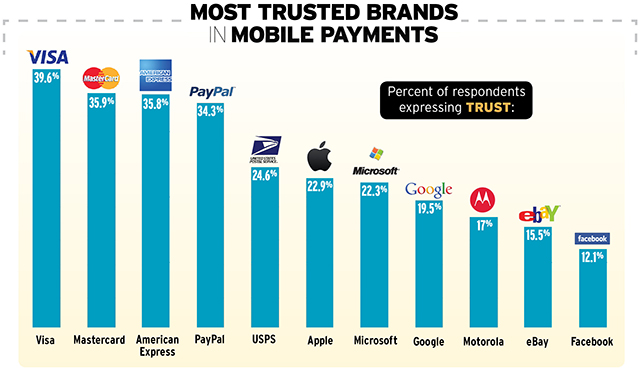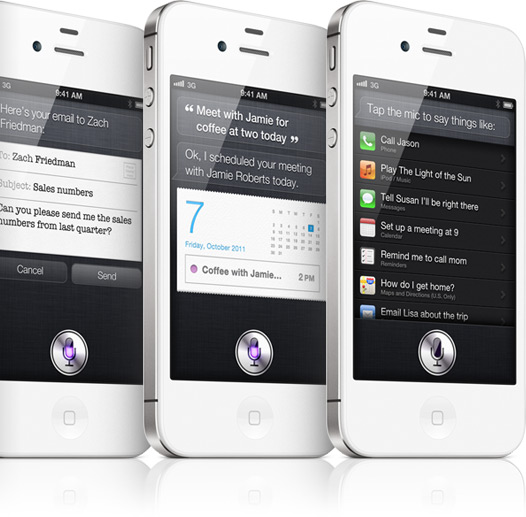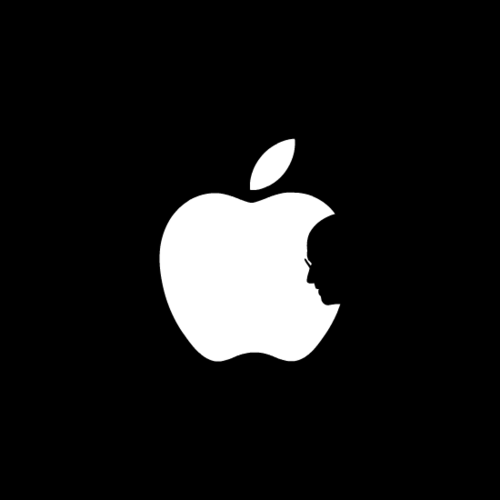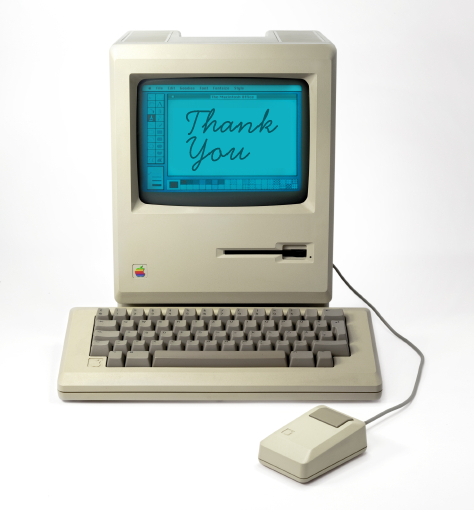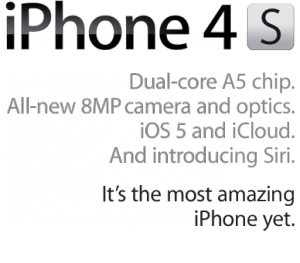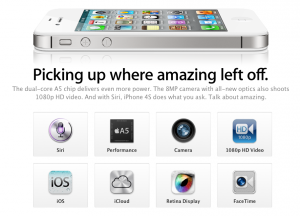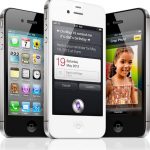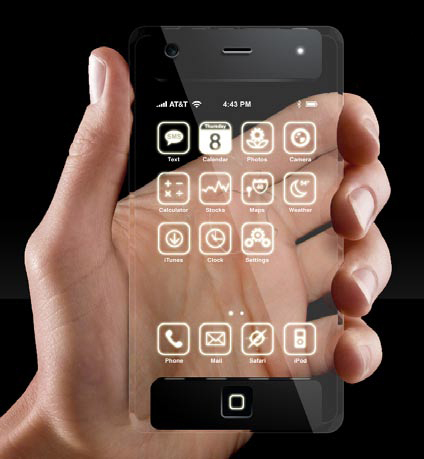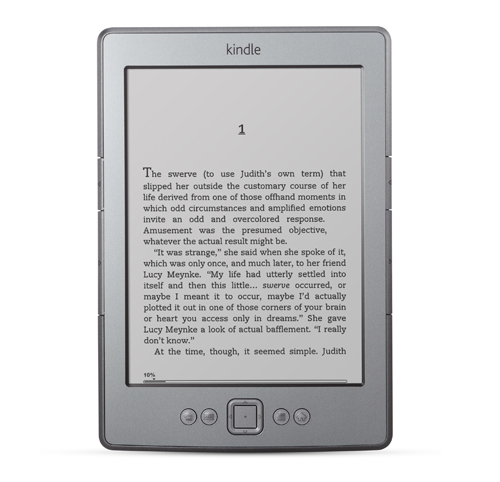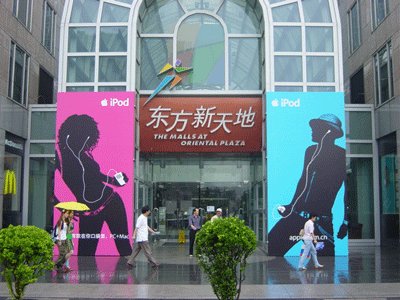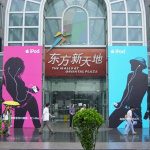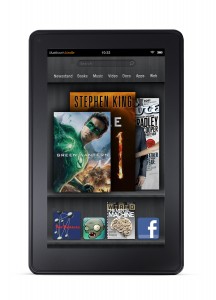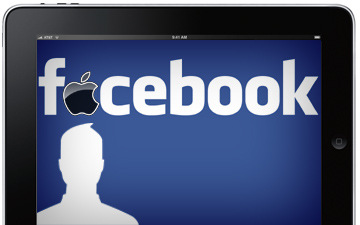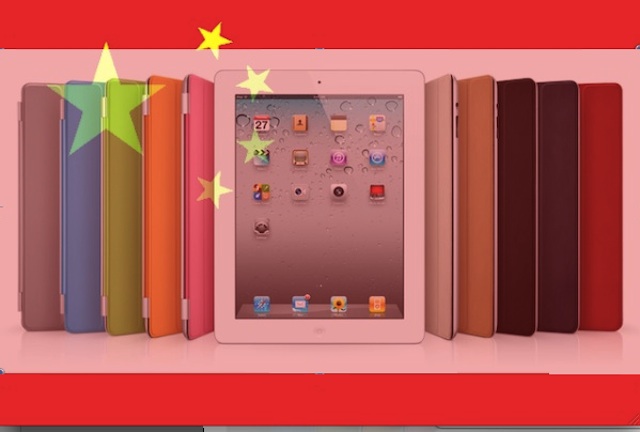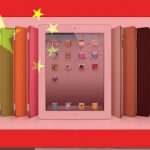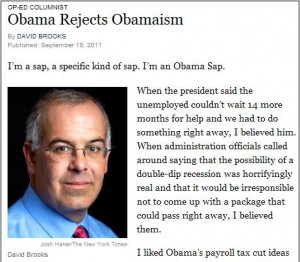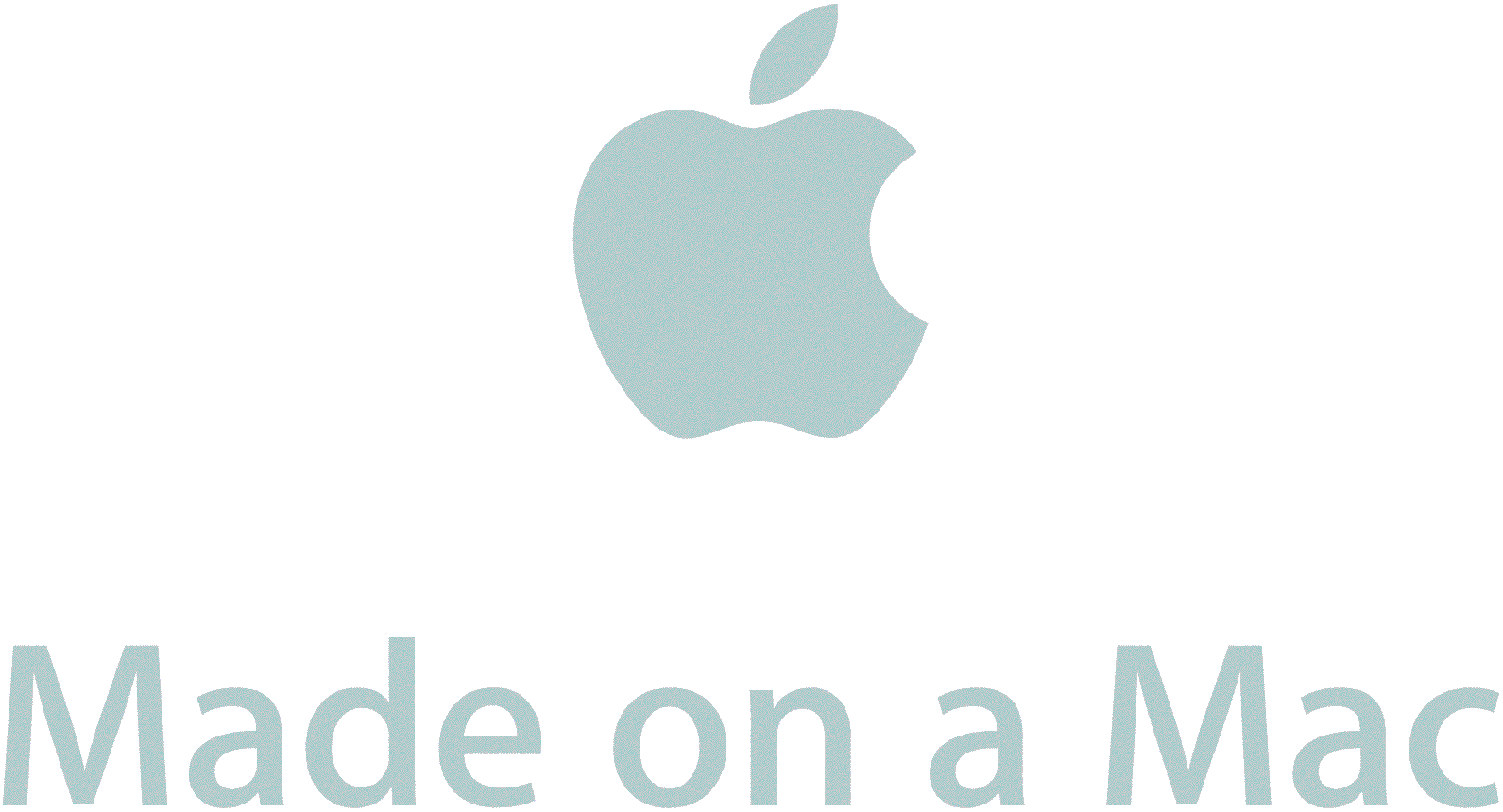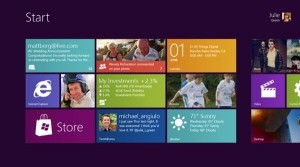 Blogs are unforgiving. The entire world can see that I expected the highlight of Apple’s iPhone 5 introduction last week to be a kumbaya love fest between Apple and Facebook. Facebook is number one in mobile social media apps. Apple is number one in smartphones and tablets. Yet even after 18 months, there was no official Facebook app for the iPad.
Blogs are unforgiving. The entire world can see that I expected the highlight of Apple’s iPhone 5 introduction last week to be a kumbaya love fest between Apple and Facebook. Facebook is number one in mobile social media apps. Apple is number one in smartphones and tablets. Yet even after 18 months, there was no official Facebook app for the iPad.
So, other than the fact that there was no iPhone 5, and that no one at the Apple event even mentioned Facebook, let alone invited Mark Zuckerberg up on stage, my blog post was … well, pretty much in English.
But today, Facebook finally announced its Facebook app for iPhone and iPad.
According to the blogosphere, the hangup was caused by “negotiations” over who would be allowed to make money from apps sold by developers through the Facebook platform on the iPad. (You know, the developers who sell apps like Angry Birds, Hipstamatic, FarmVille, weather, etc.)
 Apple’s standard deal is: We take 30 percent, bitch.
Apple’s standard deal is: We take 30 percent, bitch.
Thirty percent on all paid apps, on all in-app purchases, and on subscriptions.
(Google has a variant on this revenue model for its own developer ecosystem: We take 30 percent but we’re not evil, bitch.)
Facebook sees that Apple and Google are rolling in clover, so it tells Apple it wants to create a separate revenue platform for mobile apps called Facebook Credits, and it wants to build it into Facebook apps that run on the iPhone and the iPad, which would bypass the Apple 30 Percent Bitch system and send that money directly to Facebook. Negotiations must have gone something like this:
Apple: ”You know what we think of Facebook? We own the operating system and you don’t, and just to make that point absolutely clear we’re choosing Twitter over Facebook as the social layer of the iOS 5 operating system. We have more than 200 million registered users on the iTunes store and we have their credit card numbers, and we make buying apps completely smooth and painless and frictionless, and Facebook doesn’t.”
Facebook: “Oh yeah? Well, in that case, we’ll develop our app for HP’s new TouchPad. How do you like them apples?”
Apple: [30-day pause] “And how did that work out for you?”
Facebook: “Never mind. But we still have the most popular social platform in the universe, with 750 million users, and the only third-party Facebook apps you’ve got now on the iPhone and iPad basically suck. Even so, more than 250 million people use Facebook on a mobile device today.”
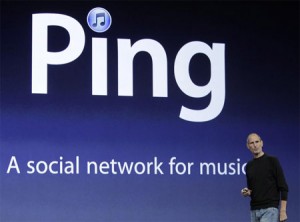
Apple: “True, but don’t forget, we have ‘Ping.’”
So it appears they have reached a compromise: Apple gets 30 percent, bitch, on all Facebook for iPhone and Facebook for iPad apps developed for the iOS operating system. Developers who want to create apps for Facebook on the Web, in HTML5, must use Facebook’s virtual currency, Credits.
Folks, what we have here are the latest salvos of a global war to create a new type of currency for online transactions, one that will rival cash and credit cards. Microsoft wants to be a player. PayPal (a division of eBay) wants to be a player. All of the mobile phone companies want to be players. When I walk down University Avenue in Palo Alto to get a cup of coffee, I pass what seems like 50 online payment startups that want to be players. The market for mobile apps and virtual goods sold through social networks and app stores is huge, and hundreds of millions of people are already opening their virtual wallets.
The Apple-Google-Facebook mobile app revenue models appears to be evolving along the Mastercard, Visa, American Express models. Developers who want to sell apps or virtual goods online can choose to whom they want to pay, except that the bites are larger by an order of magnitude. Apple wants 30 percent, Google wants 30 percent, and now Facebook wants 30 percent.
Aside: Will you trust Facebook Credits as your medium for buying things online? Google Wallet? A couple of months ago the marketing and advertising firm Ogilvy & Mather commissioned a survey on which brands consumers would trust with their money. It looked like this:
Anyway, I’m so glad that Apple and Facebook have decided, at last, to “friend” one another. I wonder how long they’ll stay friends?
I think this is going to be a very interesting battleground. But hey, I’ve been wrong before.

